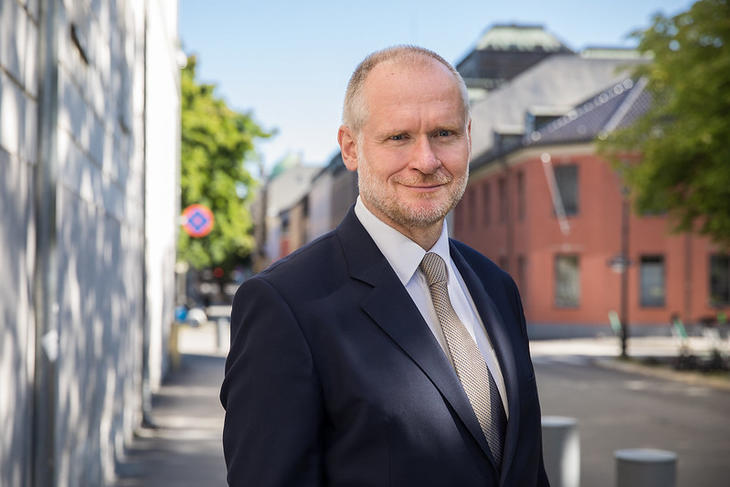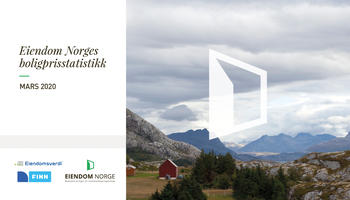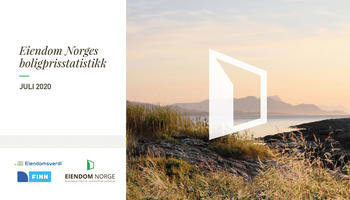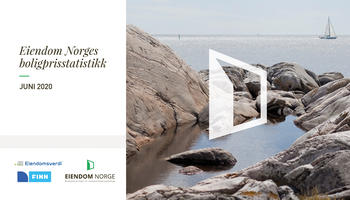
Strong December in the housing market
House prices fell by 0.9 per cent in December 2022. Adjusted for seasonal variations, prices rose by 0.2 per cent.
House prices in Norway rose by 1.5 per cent in 2022.
The average price for a home in Norway was NOK 4,002,099 at the end of December.
- The sharp fall in house prices we have seen since the autumn subsided in December with a fall of 0.9 per cent. Seasonally adjusted, this meant a small rise in housing prices in December of 0.2 per cent, says CEO of Eiendom Norge, Henning Lauridsen.
- There have been major fluctuations in house prices in 2022. First with the strongest rise in history in the first quarter triggered by the new disposal law. Since the sharp fall in house prices from and including September in the wake of Norges Bank's interest rate increases.
- Over the year, we end up with a slight increase in house prices of 1.5 per cent. With inflation of around 5-6 per cent, this means a fall in real estate prices, says Lauridsen.
Volume as in pre-pandemic times
In December, 3,034 homes were sold in Norway, which is 25.2 percent fewer than the corresponding month in 2021.
In 2022, 91,417 homes were sold in Norway. That is 10.2 percent fewer than in 2021.
In December, 3,288 homes were listed for sale in Norway, which is 12.5 per cent more than in the same month in 2021.
In 2022, 102,829 homes were listed for sale. That is 1.8 percent fewer than in the same period last year.
- Turnover in the housing market ended in 2022 at almost the same level as in 2019. It is now correct to state that the pandemic stimulated housing turnover in Norway significantly. It is likely that 2020 and 2021 will stand out in the historical data series, says Lauridsen.
It took an average of 47 days to sell a home in December, up from 34 days in November. Oslo has the fastest sales time with 32 days. Hamar m/Stange had the longest selling time with 77 days.
- The selling time increases as normal for the season, but it is still very fast to sell a property in Norway, he says.
Expect weak development going forward
The strongest seasonally adjusted price development in December was in Ålesund and its surroundings and Bodø and Fauske, where prices rose by 1.6 per cent.
Asker and Bærum and Romerike had the weakest seasonally adjusted price development, with a seasonally adjusted decrease of 1.9 per cent.
The strongest development in 2022 was in Kristiansand with an increase of 5 per cent, followed by Ålesund with its surroundings at 4.4 per cent and Tønsberg with Færder with 3.8 per cent.
Follo had the weakest development in 2022 with a decrease of 1.7 per cent, followed by Asker and Bærum with -1.5 per cent and Romerike with -1.1 per cent.
- Parts of Eastern Norway ended up with a negative development in house prices in 2022 and several areas in Norway had barely positive development in 2022 such as Hamar with Stange with 0.1 per cent, Bergen with 0.5 per cent and Bodø with Fauske with 0.9 per cent , says Lauridsen.
- Our forecast for 2023 is a weak development in house prices, especially in the first half of the year, which in total gives a decrease of -3.5 per cent at the end of the year. Likewise, we expect an increase in house prices in January as normal, but the so-called January effect will probably be weaker this year than in previous years, concludes Lauridsen.






